The transition to renewable energy is no longer a choice but mandatory. Whether onshore or offshore, wind farm development emerges as a popular green energy solution. While the wind farm industry grows at a rapid pace, they raise serious issues with interference into critical radio systems across civil and military sectors, impacting radar detection ranges, and making air surveillance and navigation missions even more complex.
HTZ, ATDI 's flagship RF engineering tool, offers advanced RF simulation to analyse wind farm interference and mitigate their impact by meeting the safety level required by regulatory frameworks.
HTZ models all kinds of radars along with wind turbine structures, including blades and masts, taking into account their sizes, diameters, RCS, frequency and additional losses applied to the reflected signal.
HTZ is used extensively for windfarm mitigation studies, focussing on:
HTZ supports the study of interference between wind farms and broadcasting networks, MW links and more.
Modelling the impact of Wind farms on ATC radars
The National Civil Aviation Authority in Taiwan turned to ATDI for help identifying whether windfarms sitting directly under their flightpath affected their ATC radars. This study simulated the effects of interference to allow the Authority to analyse its ability to communicate with planes.
Groups of wind turbines often appear as clutter to the ATC radar system, which makes it difficult to track planes en route. This safety concern can be costly and time-consuming for air traffic controllers, who must mitigate the effects and potentially challenge requests for planning permission.
HTZ incorporates recognised ITU propagation models to simulate the impact of turbines on aeronautical radars and other communications equipment. These proven models analyse the effects of potential interference.
For a complete list of features supported in HTZ, visit our website. HTZ Communications -Radio network planning and optimisation ATDI
Modelling the impact of wind farms on MW networks
Engineering services company Cerento turned to ATDI to resolve an interference problem resulting from a nearby wind turbine. They use HTZ Communications to evaluate the impact of these turbines on their network services and to identify mitigation solutions.
Cerento operates a PTMP network in the 3GHz band and fixed services in the 6GHz and 11GHz bands. They undertook coexistence analyses across all their services, using HTZ’s internal libraries of royalty-free map data and propagation models. By importing all the Gateways and subscriber locations into HTZ, they automatically modelled the PTMP network based on the best signal level considering terrain, clutter and building layers. This study looked at all the possible connections and threshold/KTBF levels. The wind turbine RCS was calculated automatically accounting for threshold degradation (TD) values based on the shape and surface of the mast and blades.
HTZ has built-in PTMP features to simulate potential interference from the turbine into MW links and generate a CSV file with the results. The outputs from these calculations are overlaid on Google Earth for graphical illustration purposes.
About ATDI
ATDI supplies frequency assignment, spectrum management and monitoring solutions to defence, government, and security organisations.
Our flagship technical analysis tool, HTZ Warfare, is used extensively across the defence industry to undertake interference and coexistence studies to identify, analyse and mitigate the impact of interference across terrestrial, MW and satellite services. Our professional consulting services analyse interference cases between wind farms and any radio systems to establish mitigation strategies.
HTZ Warfare exploits spectrum-dependent systems like communications links, electronic warfare sensors, radio jammers and radars.

